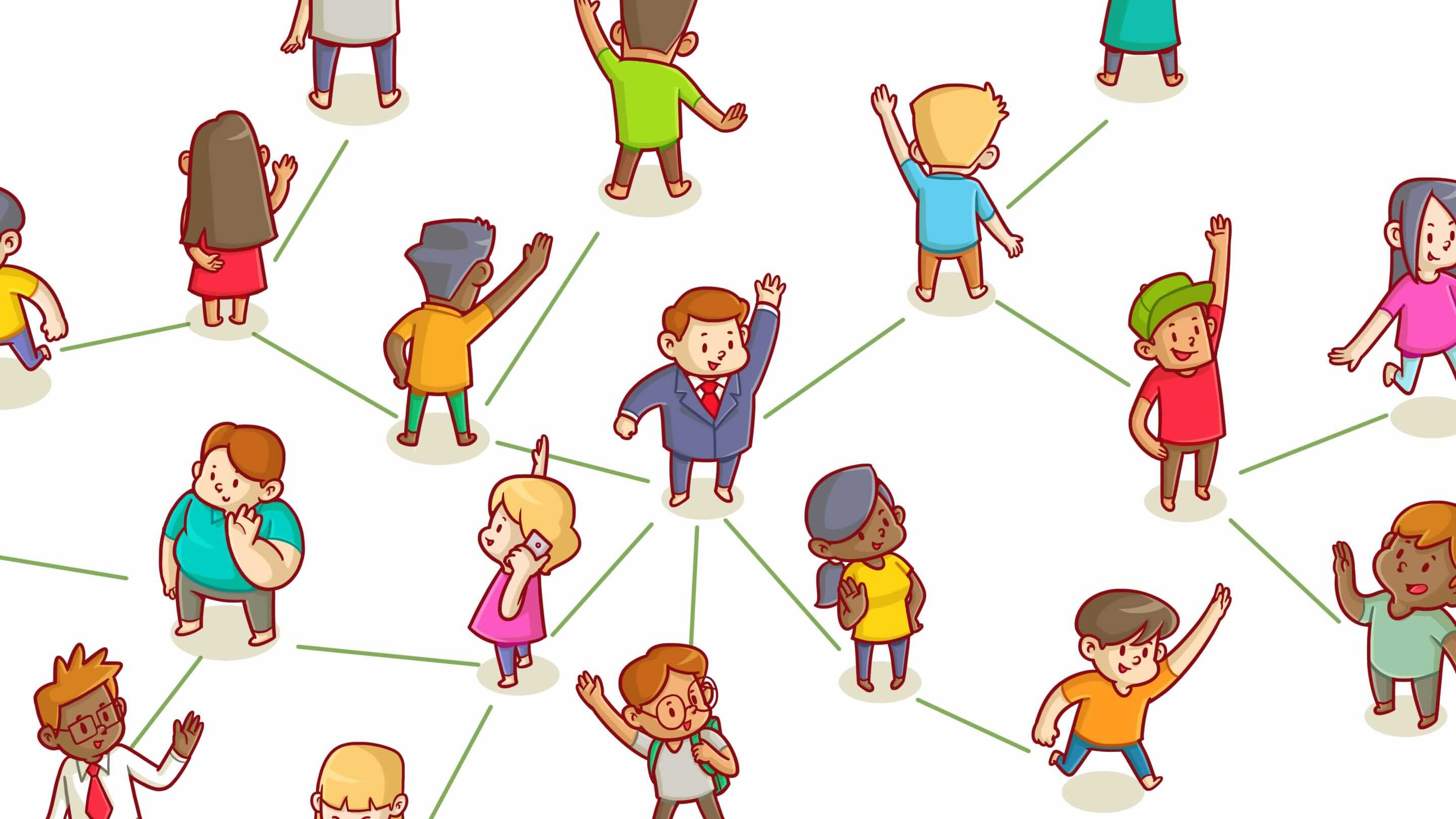
Networks are everywhere, connecting our devices, people, and even ideas. But what exactly makes them tick? Networks are systems of interconnected nodes, like computers or phones, that share resources and information. They can be as small as a home Wi-Fi setup or as vast as the internet itself. Understanding networks can help you troubleshoot issues, improve security, and optimize performance. From the basics of IP addresses to the complexities of firewalls and VPNs, there's a lot to learn. Ready to dive into the world of networks? Here are 27 fascinating facts that will give you a deeper appreciation for the invisible web that keeps us all connected.
What is a Network?
A network connects multiple devices, allowing them to communicate and share resources. Networks can be as small as two computers or as large as the internet.
- A network can be wired or wireless. Wired networks use cables, while wireless networks use radio waves.
- The Internet is the largest network in the world, connecting millions of smaller networks globally.
- Local Area Networks (LANs) connect devices within a small area, like a home or office.
- Wide Area Networks (WANs) cover larger geographic areas, often connecting multiple LANs.
- Network protocols are rules that determine how data is transmitted and received. Examples include TCP/IP and HTTP.
Types of Networks
Different types of networks serve various purposes. Understanding these can help you choose the right one for your needs.
- Personal Area Networks (PANs) are small networks, typically within a range of a few meters. Bluetooth is a common example.
- Metropolitan Area Networks (MANs) cover a city or a large campus. They are larger than LANs but smaller than WANs.
- Virtual Private Networks (VPNs) create secure connections over public networks, often used for remote work.
- Peer-to-Peer Networks allow devices to share resources directly without a central server.
- Client-Server Networks have a central server that manages resources and services for client devices.
Network Components
Networks consist of various components that work together to enable communication and resource sharing.
- Routers direct data between different networks, ensuring it reaches the correct destination.
- Switches connect devices within a single network, allowing them to communicate efficiently.
- Modems convert digital data from a computer into analog signals for transmission over phone lines and vice versa.
- Network Interface Cards (NICs) are hardware components that connect a computer to a network.
- Access Points provide wireless connectivity, allowing devices to join a network without cables.
Network Security
Security is crucial for protecting data and ensuring reliable communication within a network.
- Firewalls monitor and control incoming and outgoing network traffic based on predetermined security rules.
- Encryption converts data into a code to prevent unauthorized access. Common methods include SSL and TLS.
- Antivirus Software protects devices from malware and other security threats.
- Intrusion Detection Systems (IDS) monitor network traffic for suspicious activity and potential threats.
- Virtual LANs (VLANs) segment a network into smaller, isolated sections to improve security and performance.
Network Performance
Optimizing network performance ensures fast, reliable communication and resource sharing.
- Bandwidth measures the maximum data transfer rate of a network. Higher bandwidth means faster data transfer.
- Latency is the time it takes for data to travel from one point to another. Lower latency means faster communication.
- Throughput is the actual amount of data successfully transferred over a network in a given time period.
- Packet Loss occurs when data packets fail to reach their destination. Minimizing packet loss improves network reliability.
- Quality of Service (QoS) prioritizes certain types of network traffic to ensure critical applications run smoothly.
Future of Networks
The future of networks promises even more advanced technologies and capabilities.
- 5G Networks offer faster speeds, lower latency, and greater capacity than previous generations of mobile networks.
- Internet of Things (IoT) connects everyday objects to the internet, enabling them to collect and share data.
The Power of Networks
Networks shape our world in countless ways. From the internet connecting billions to social networks influencing daily life, they’re everywhere. Wireless networks let us stay connected on the go, while local area networks (LANs) keep businesses running smoothly. Virtual Private Networks (VPNs) offer security and privacy, crucial in today’s digital age.
Understanding networks helps us appreciate their role in communication, security, and innovation. They’re the backbone of modern technology, enabling everything from smart homes to global commerce. As technology evolves, networks will become even more integral, driving advancements and connecting us in new, exciting ways.
Stay curious and keep exploring the world of networks. They’re more than just wires and signals; they’re the lifelines of our connected world. Whether you’re a tech enthusiast or just someone who enjoys the benefits, networks are worth knowing about.
Was this page helpful?
Our commitment to delivering trustworthy and engaging content is at the heart of what we do. Each fact on our site is contributed by real users like you, bringing a wealth of diverse insights and information. To ensure the highest standards of accuracy and reliability, our dedicated editors meticulously review each submission. This process guarantees that the facts we share are not only fascinating but also credible. Trust in our commitment to quality and authenticity as you explore and learn with us.
